Sharjah Biennial 14 is raising the emirate’s cultural cachet
Themed ‘Leaving the Echo Chamber’, the 14th edition of the Sharjah Art Foundation-driven initiative presents over 60 major new commissions
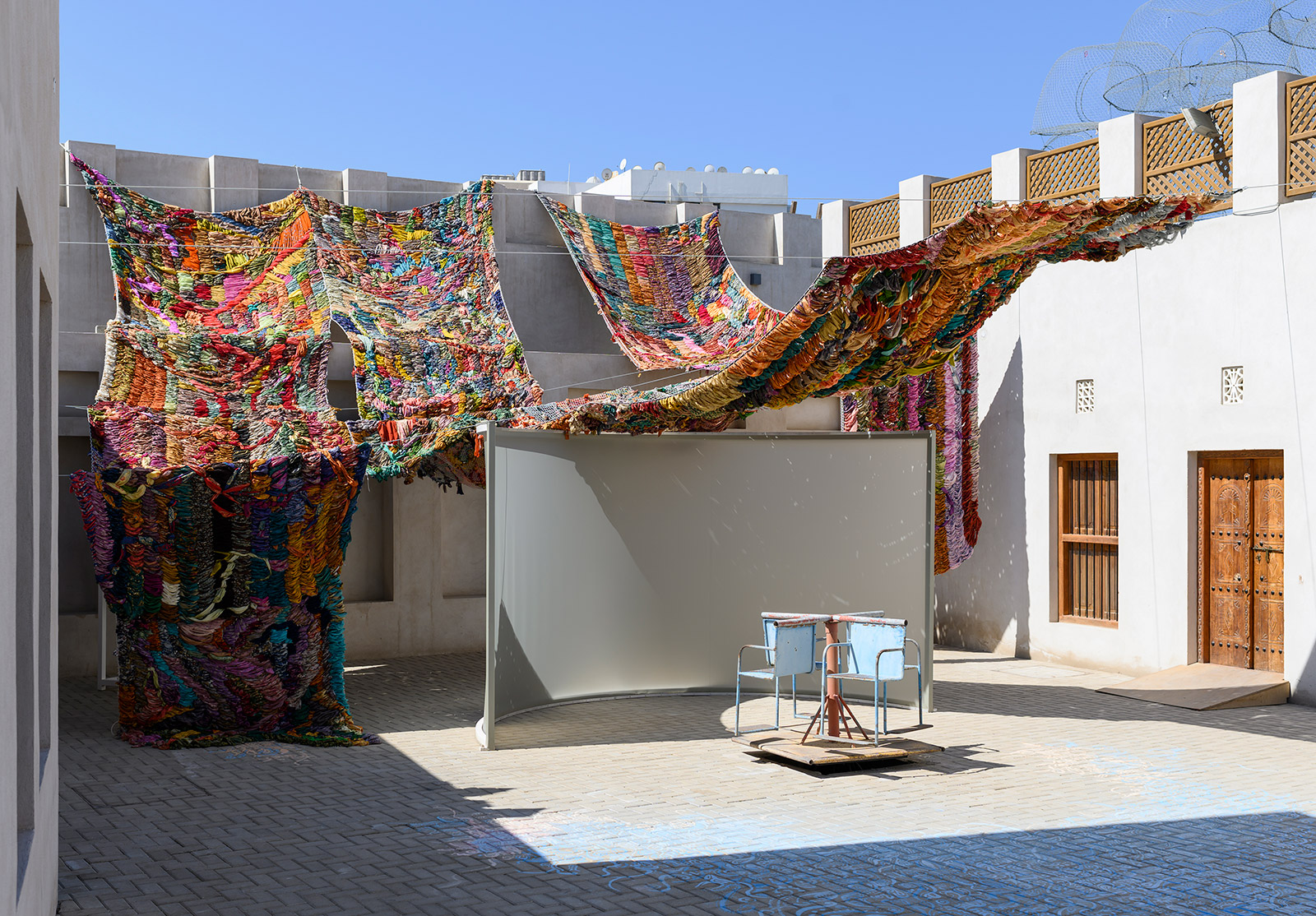
The sun is high in the sky on the Gulf of Oman. We are more than an hour’s drive from the street of Sharjah and the high-rise metropolis of Dubai, the windswept curves of sand dunes dotted by camels and cacti and the hulking, hazy Al Hajar Mountains in the distance. Our convoy arrives in the quiet seaside town of Kalba, and we’re ushered towards an abandoned, beige-coloured building, its foundations built on sand. This, I’m told, was once a factory for ice cubes. Now, it’s being ‘reactivated’ by a series of ‘host occasions’ — artist-led events incorporating visuals, sound art, site-specific installations, performance and dance.
The edges of the Kalba Ice Factory are on a manmade peninsular. The first reactivation is here, performed by Torkwase Dyson and her collective Dark Adaptive, who have orientated six sculptures so their sight-lines point us toward the wetland ecosystems leading out towards the Indian Ocean. I Belong to the Distance explores our ‘incessant desire to develop the land, tied to the global transformation of oceans into superhighways’. It’s a pointed comment on the precarious existence of our world, and of our ultimate capability to disrupt this path through forms of activism and protest.
For Dominican Republic–born and Berlin-based dancer Isabel Lewis’ Untitled (juice, inwardness, natures), we then witness a violinist and flutist improvise alongside digital recordings captured at Kalba Nature Reserve, while the mineral heat of the sun filters through coloured acrylic panels. A dancer writhes, her waist-long dreadlocks flying around her, before cars disturb the ensemble by churning sand in aggressive circles around her body.

Study for Kalba, 2019, by Matthew Lutz-Kinoy, Isabel Lewis and Hacklander / Hatam, digital collage, from the series Untitled (inwardness, juice, natures), commissioned by Sharjah Art Foundation. Courtesy of the artists
Next up is Sympoiesis Observatory by the Austrian artist Nikolaus Gansterer. We’re in a room full of shards of mirror waving in the wind and casting shimmered reflections. Birds have used this space to roost, so Gansterer’s sculptures are littered with feathers, excrement and the natural ephemera of nest building and insect activity. Charcoal drawings sprawl across the floor. A sound installation of processed field recordings shudder through the space. In a performance that resembles something of a hypnotic trance, Gansterer completes the charcoal drawings, adding words and further curlicues to his creation, as if he’s giving us a map to a place only he can access.
Finally, and most triumphantly, we play witness to Land of Zanj, a site-specific installation by a South African performance collective including Thembekile Komani and Aphiwe Mpahleni, directed by the Johannesburg-based conceptual artist Mohau Modisakeng. The latter was raised during the most violent years of apartheid, and, as a child, experienced the murder of his older brother. His work, he says, ‘uses the body as a bearer of collective memory’, invoking ‘historical mechanisms of violence’ and ‘grappling with the tensions and contradictions of inequality, exploitation, slavery and race’.
The title of the piece refers to the island of Zanzibar or Azania, an ancient term used to describe various parts of southeastern Africa. Using the modern ephemera that litter the Kalba coast of today – the modern boats, fishing nets and surviving mangrove trees – Modisakeng’s performers set out on an obstacle-strewn journey that allows us to experience the migration of slaves during the historical confluence between the Arabian Peninsula and the Swahili Coast. It’s an audacious usage of found space by one of Africa’s leading young artists.
The reactivation of Kalba is the high-point of the 14th edition of the Sharjah Biennial, organised by Sharjah Art Foundation and curated by Claire Tancons, Omar Kholeif, and Zoe Butt. It runs until 10 June, making use of bespoke and repurposed sites across the emirate of Sharjah and indeed the whole of the United Arab Emirates, and showing the works of more 80 participating contemporary artists from around the globe.
In comparison to its noisy, illustrious neighbour, not many have heard of Sharjah. The tiny emirate lies to the north of Dubai. It’s a more down-at-heel area – used as a home for the many migrant workers that keep Dubai’s endless hotels and malls and restaurants operational. It’s also more conservative than Dubai (which has recently opened a Caesar’s Place casino, a bit like the one in Las Vegas) with requirements made of how women dress and how visitors behave. For fans of Duty-Free, it’s also worth nothing that consuming, selling or even possessing alcohol in Sharjah is illegal.
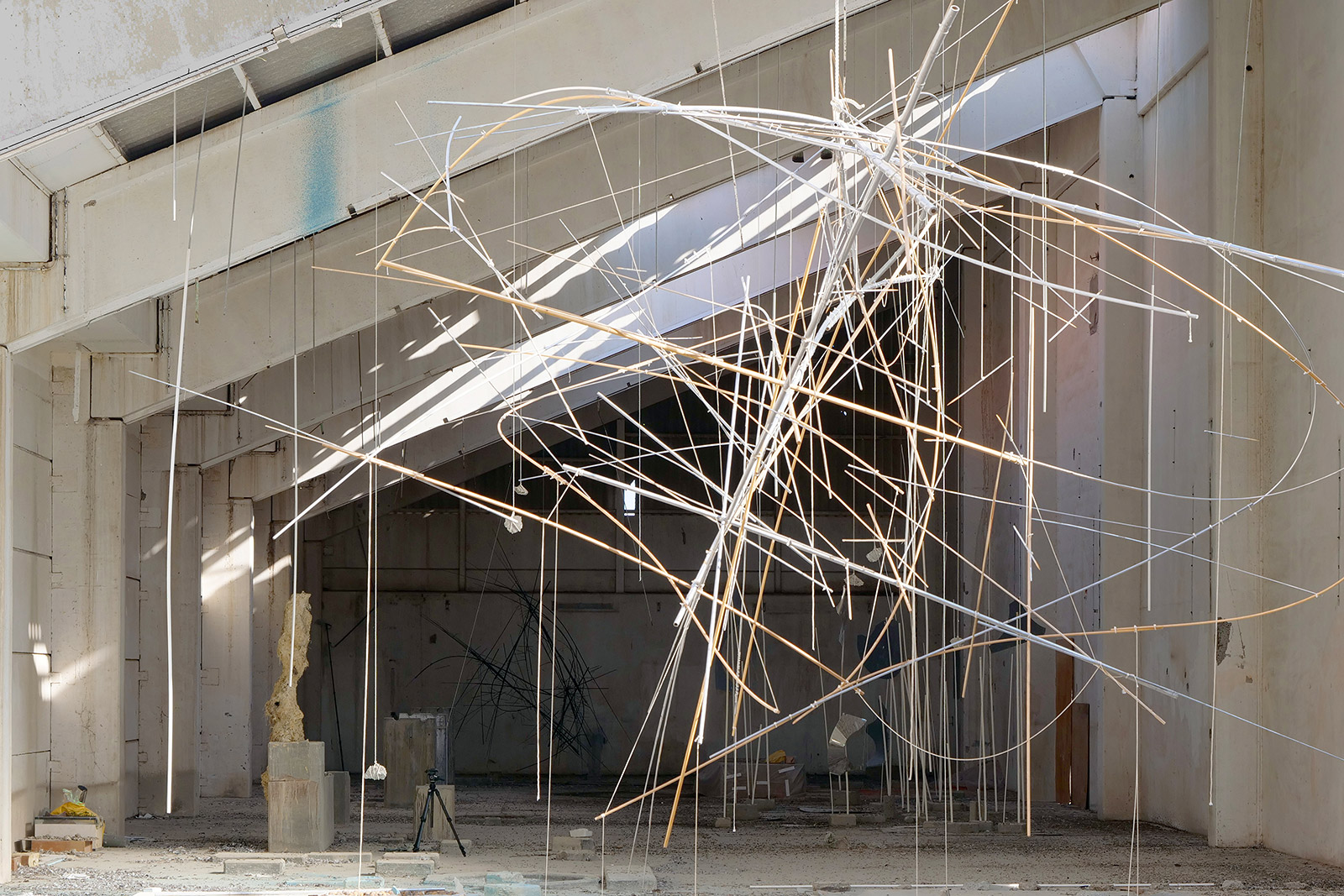
Sympoiesis Observatory, 2019, by Nikolaus Gansterer, commission in progress at Sharjah Biennial 14
Yet Sharjah has much to offer for any Western traveller, dry or not. Unlike Dubai, with its huge highways, it’s more than possible to walk through the heart of Sharjah, which is dotted with fascinating contemporary galleries and historical museums built in Western and Middle Eastern architectural traditions. Those skeptical of such a claim need only glance at the names associated with Sharjah’s latest initiatives (which earned it a Best City nomination in the 2019 Wallpaper* Design Awards). The Sharjah Art Foundation recently brought art group Random International’s immersive installation, Rain Room, to the city’s Al Majarrah area as a permanent fixture, while collective Superflex is creating an as-yet unfinished ‘intervention’ in a nearby park. Foster + Partners is currently in the process of redeveloping a land-fill site for waste management company Bee’ah (Sharjah has pledged to achieve zero waste-to-landfill by 2020) while Zaha Hadid Architects is building Bee’ah’s new HQ.
Such monumental architectural creations are designed to be used as cultural meeting places; in addition to the Biennial, Sharjah hosted its first graphic design biennial last November, while the inaugural architecture triennial will also take place later this year. This is powered by Sharjah’s emir – Sheikh Sultan III – who is known for his love and knowledge of art, and his daughter Sheikha Hoor Al Qasimi, who founded Sharjah Art Foundation in 2009 after learning her craft in London. Al Qasimi holds an MA in curating contemporary art from the Royal College of Art in London, a diploma in painting from the Royal Academy of Arts in London, and a BFA from the Slade School of Fine Art in London. She now serves as the Foundation’s president and director.
The premise of this year’s edition of Sharjah Biennial is ‘Leaving the Echo Chamber’. It’s a bold title, but is backed up the fact that more than 75 per cent of the works on show in the biennial are new commissions made especially for this event. Many are large in scope and immersive to experience, making full use of the spaces provided. A good example of this comes in form of the winner of this year’s Biennial Prize, Nigerian artists Otobong Nkanga and Emeka Ogboh. Located in the Bait Al Aboudi outdoor courtyard, the artists’ installation, Aging Ruins Dreaming Only to Recall the Hard Chisel from the Past, is based around the premise of an enclosed, gated microclimate.
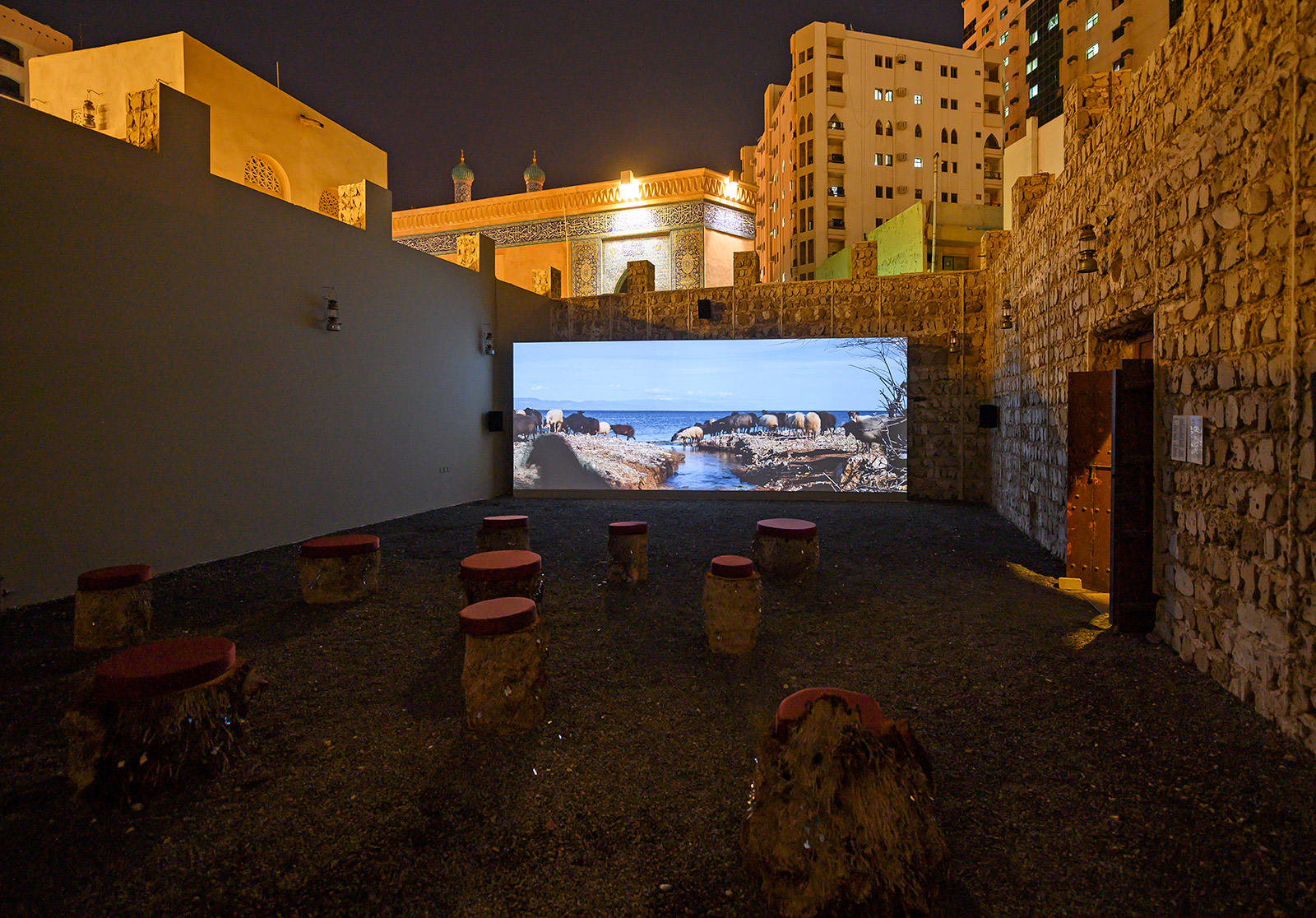
One emerging from a point of view, 2019, by Wu Tsang, installation view at Sharjah Biennial 14, co-commissioned by Sharjah Art Foundation and Onassis Fast Forward Festival 6. Courtesy of Sharjah Art Foundation
At first glance, this ecosystem doesn’t appear to be doing all that well. A dead palm listlessly lulls in the sun, while cratered pools of water collected from the sea sit stagnantly. Yet concealed speakers convey the lovely sounds of local children singing a traditional ‘rain song’, while the artists recite poetry animating the perspective of the trees, water, and earth found in the courtyard. As darkness falls, screens around the courtyard light up, with gleaming text reflected in the water. In such a manmade environment, in which the wilds of nature is uncommon at best, the artists seem to be using the space to create a modern, harmonised form of prayer, spellcasting or ritualised wishmaking.
Nearby, the latest film from the American artist and 2018 MacArthur fellow Wu Tsang. Her film One emerging from a Point of View explores a seaside community of Lesbos, Greece, which has been transformed by the presence of over half a million refugees who have used the island to enter Europe since 2011.
Hanging in the Sharjah Art Museum, the Pakistani multimedia artist Khadim Ali – now based between Sydney and Kabul – exhibits tapestries that explore the violent recent history of his country via carefully hand-embroidered tableaux. The artist was once one of the persecuted Hazara people of Afghanistan, and his exquisite tapestries balance flowers and mythological creatures with sinister portraits of US soldiers. Ali’s larger series was again commissioned by the Sharjah Art Foundation. At the Emirates Fine Art Society, the artist has created a wall mural and a sound installation using the spiked, ominous metal horns that broadcast religious extremist verses in Kabul districts occupied by Taliban forces.

Flowers of Evil, 2019, by Khadim Ali, installation view at Sharjah Art Museum. Courtesy of Sharjah Art Foundation
At the very end of one of Sharjah Art Museum’s long halls is Btitish artist Shezad Dawood’s virtual reality exploration of the relations between the US and Pakistan since Pakistan’s partition from India in 1947. The mirrored installations are ‘virtual reality’ sets animated by video screens, tapestries and sculptures. The work, titled Encroachment, Dawood writes is a ‘meditation on the idea of sovereignty, private property and the politics of space in the two largest cities in Pakistan – Lahore and Karachi’. We view a colonial bookshop in Lahore, the former US embassy in Karachi, and an old-school Space Invaders gaming arcade. Dawood was recognised by the Biennial for the work at the gala dinner. In January 2020, it will go on show at the New Art Exchange in Nottingham.
The Sharjah Biennial is a triumphant celebration of contemporary creations from across the world, a true dialogue between East and West, and a carefully curated confluence of the many issues we all uniformly face in the world, and can maybe only really understand through the shared experience of art. As a cultural destination, Sharjah is firmly on the map.

Construct 32, 1986, by Barbara Kasten, Cibachrome. Courtesy of the artist and Bortolami, New York. © Barbara Kasten

The Landing, 2019, by Akram Zaatari, film, interviews, installation, single photograph, commissioned by Sharjah Art Foundation with the support of Barjeel Art Foundation, Elie Khoury Art Foundation, Ministry of Interior UAE and Fujifilm ME. Courtesy of Sharjah Art Foundation
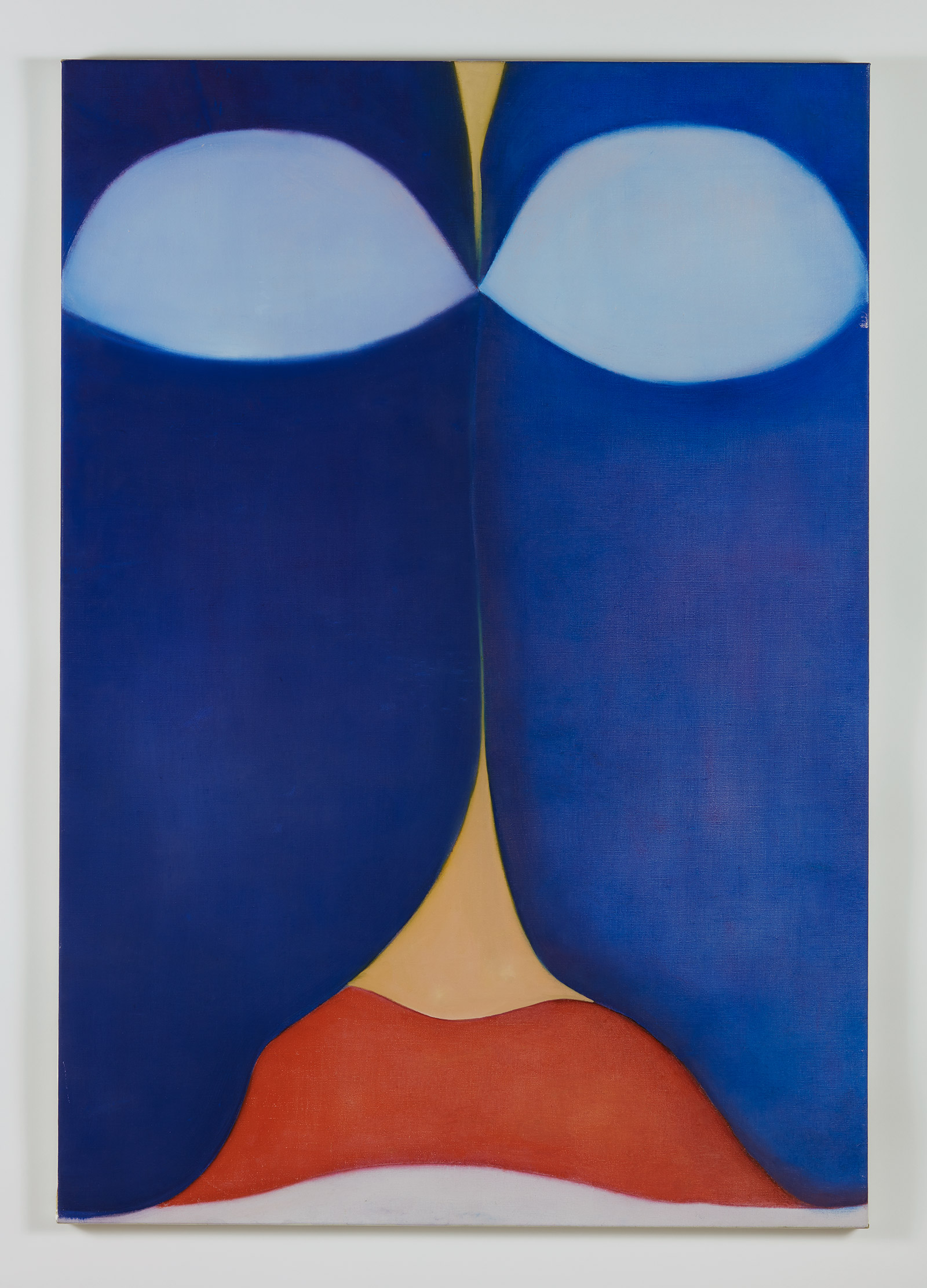
Self Portrait: Bribes de corps, 1973, by Huguette Caland, oil on linen. Courtesy of the artist

Destroyed Jeans, 2019, by Cory Arcangel, installation view at Sharjah Art Museum. Courtesy of Sharjah Art Foundation
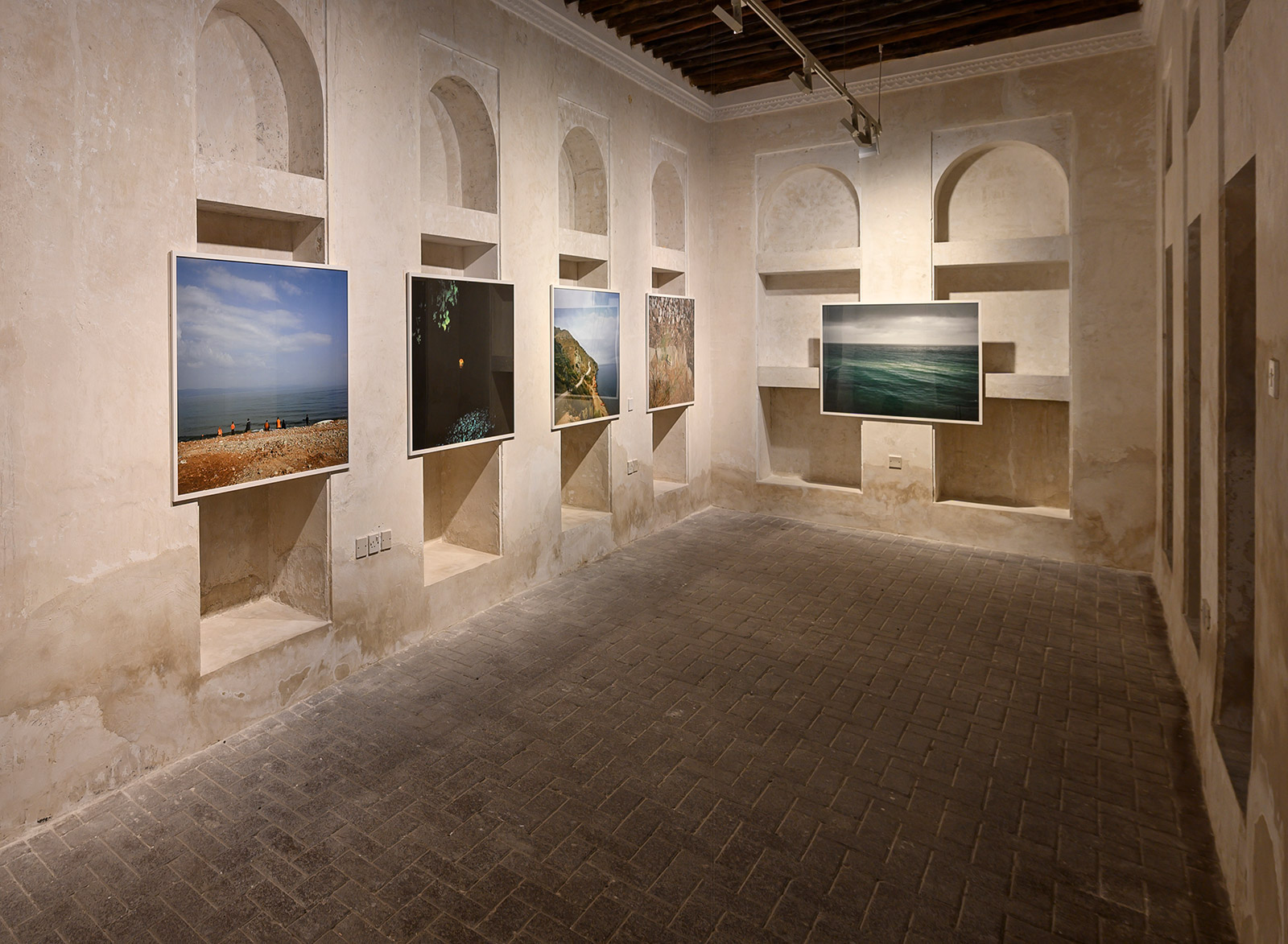
One emerging from a point of view, 2019, by Wu Tsang, installation view at Sharjah Biennial 14, co-commissioned by Sharjah Art Foundation and Onassis Fast Forward Festival 6. Courtesy of Sharjah Art Foundation

Flycatcher III, 1987–1991, by Astrid Klein, installation view at Sharjah Biennial 14, 2019. Courtesy of Sharjah Art Foundation
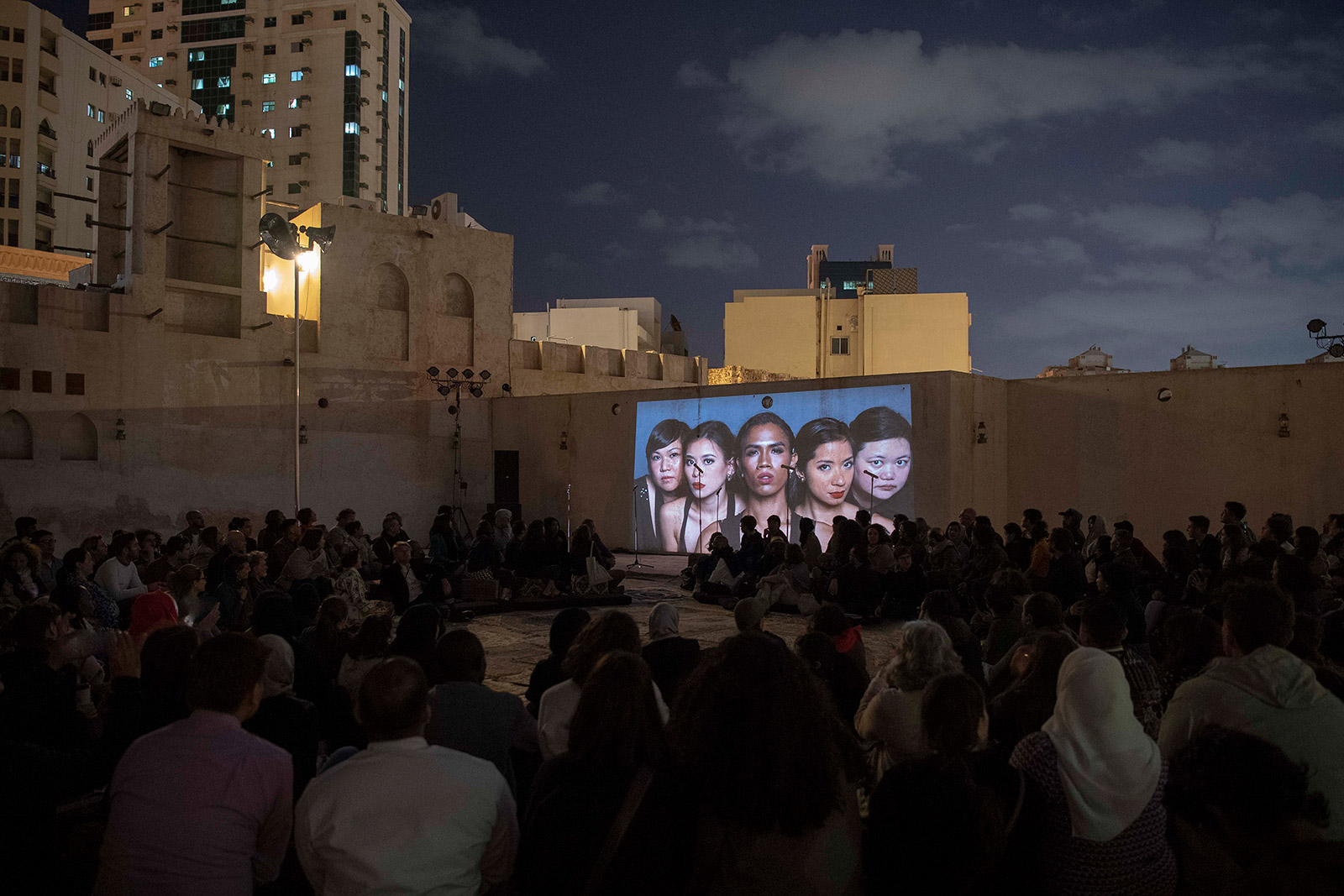
The Filipino Superwoman Band, 2019, by Eisa Jocson with Bunny Cadag and Cathrine Go, installation view at Al Hamdan bin Mousa Courtyard, Al Mureijah Square. Courtesy of Sharjah Art Foundation
INFORMATION
Sharjah Biennial 14 runs until 10 June at various locations. For more information, visit the Sharjah Art Foundation website
Receive our daily digest of inspiration, escapism and design stories from around the world direct to your inbox.
Tom Seymour is an award-winning journalist, lecturer, strategist and curator. Before pursuing his freelance career, he was Senior Editor for CHANEL Arts & Culture. He has also worked at The Art Newspaper, University of the Arts London and the British Journal of Photography and i-D. He has published in print for The Guardian, The Observer, The New York Times, The Financial Times and Telegraph among others. He won Writer of the Year in 2020 and Specialist Writer of the Year in 2019 and 2021 at the PPA Awards for his work with The Royal Photographic Society. In 2017, Tom worked with Sian Davey to co-create Together, an amalgam of photography and writing which exhibited at London’s National Portrait Gallery.
-
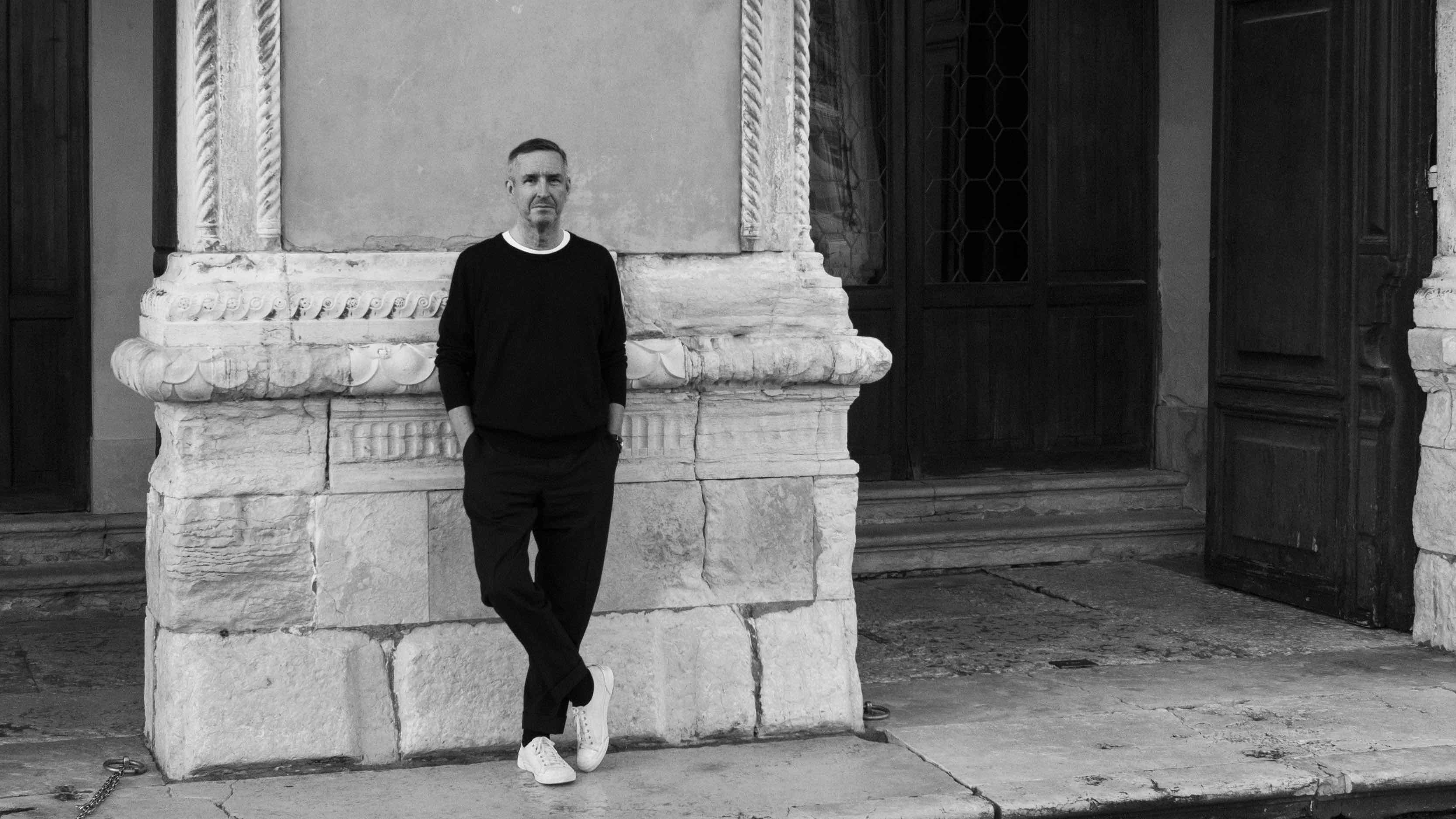 Dries van Noten on why he's building a new home for craft in Venice
Dries van Noten on why he's building a new home for craft in VeniceA year after departing the runway, Dries van Noten unveils his next chapter: the Fondazione Dries Van Noten, a newly announced cultural initiative in Venice celebrating craft in all its forms. Wallpaper meets the designer to find out why he’s not ready to retire.
-
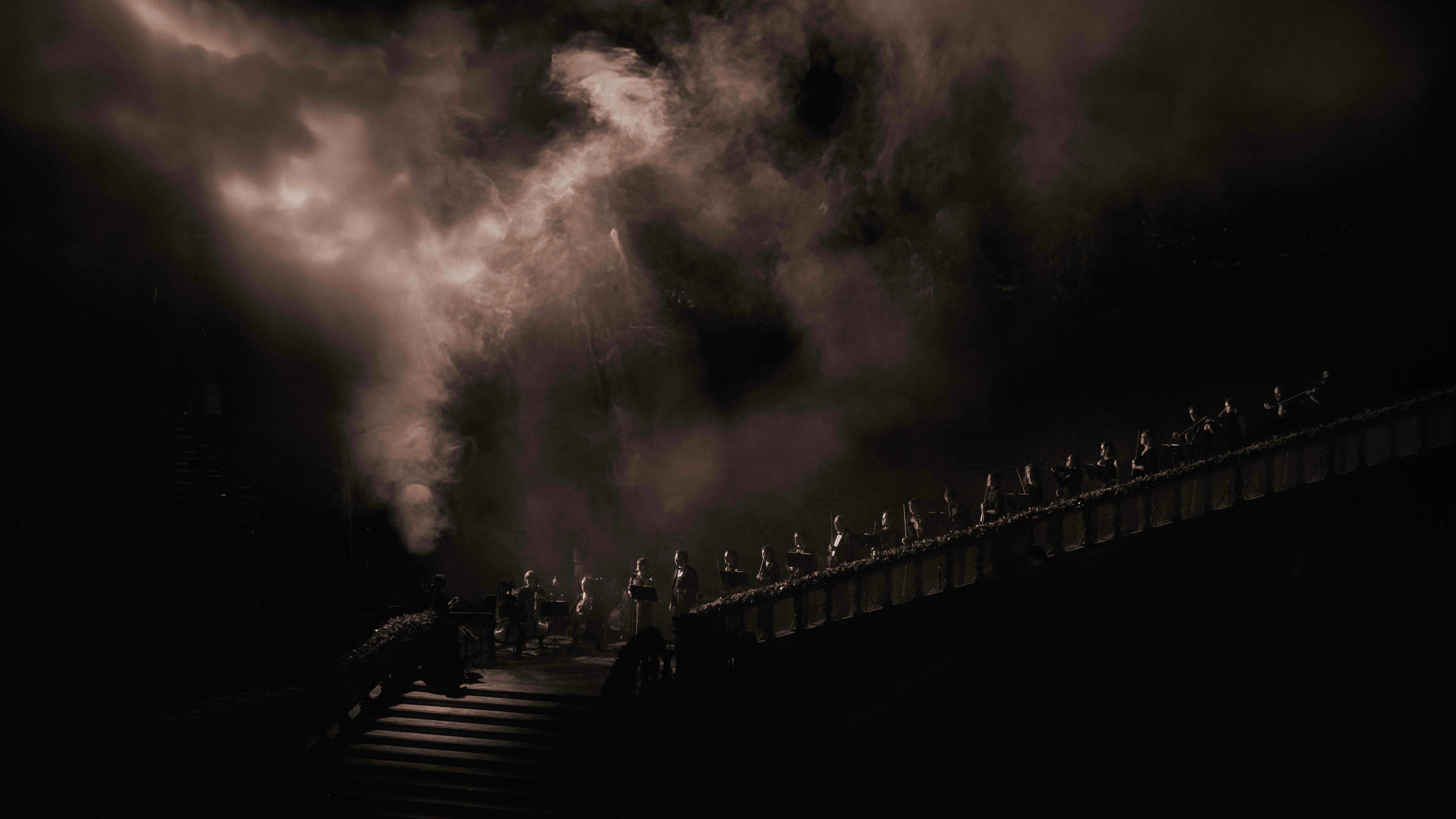 Alexander Wessely turns the Nobel Prize ceremony into a live artwork
Alexander Wessely turns the Nobel Prize ceremony into a live artworkFor the first time, the Nobel Prize banquet has been reimagined as a live artwork. Swedish-Greek artist and scenographer Alexander Wessely speaks to Wallpaper* about creating a three-act meditation on light inside Stockholm City Hall
-
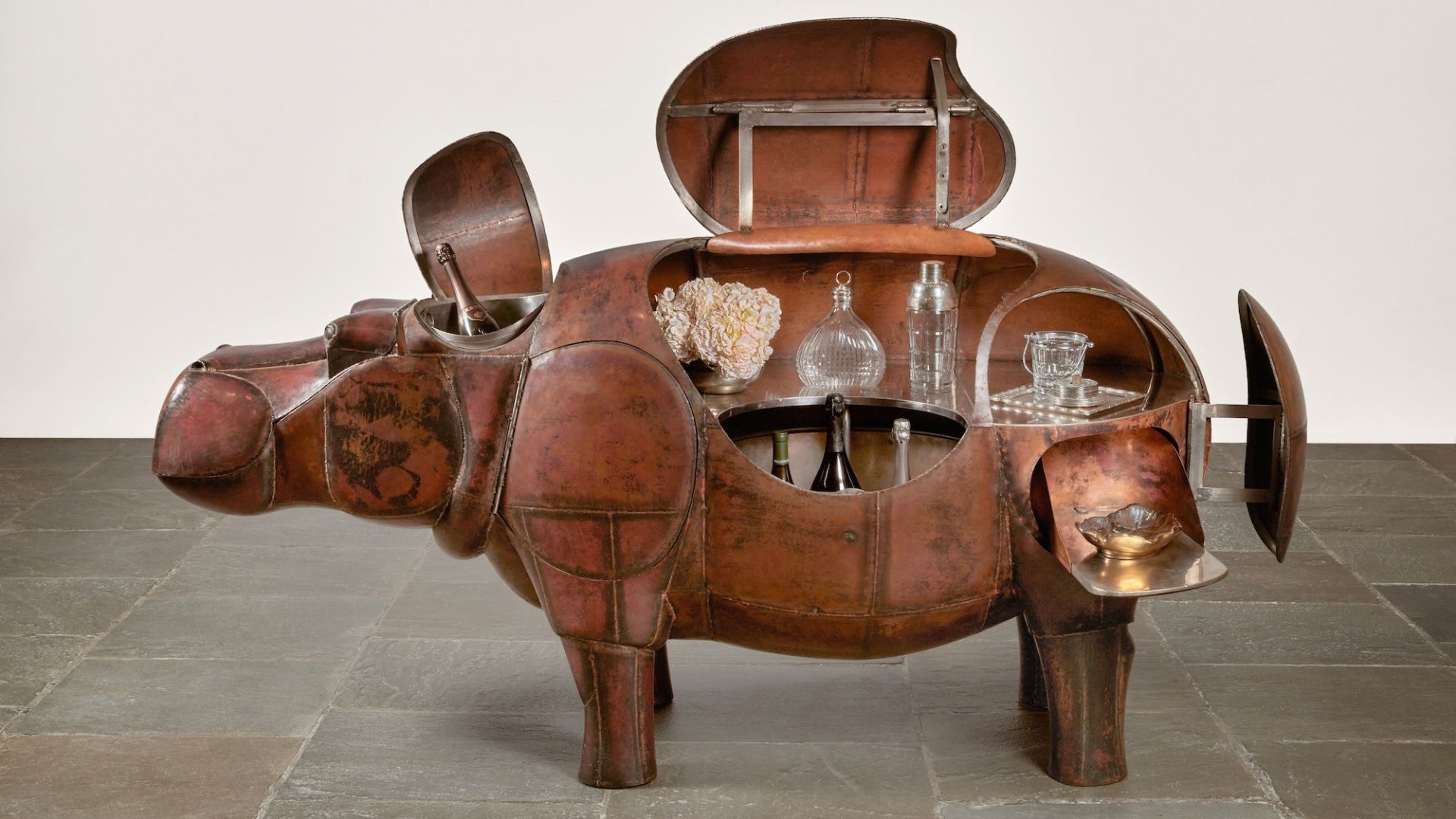 At $31.4 million, this Lalanne hippo just smashed another world auction record at Sotheby’s
At $31.4 million, this Lalanne hippo just smashed another world auction record at Sotheby’sThe jaw-dropping price marked the highest-ever for a work by François-Xavier Lalanne – and for a work of design generally
-
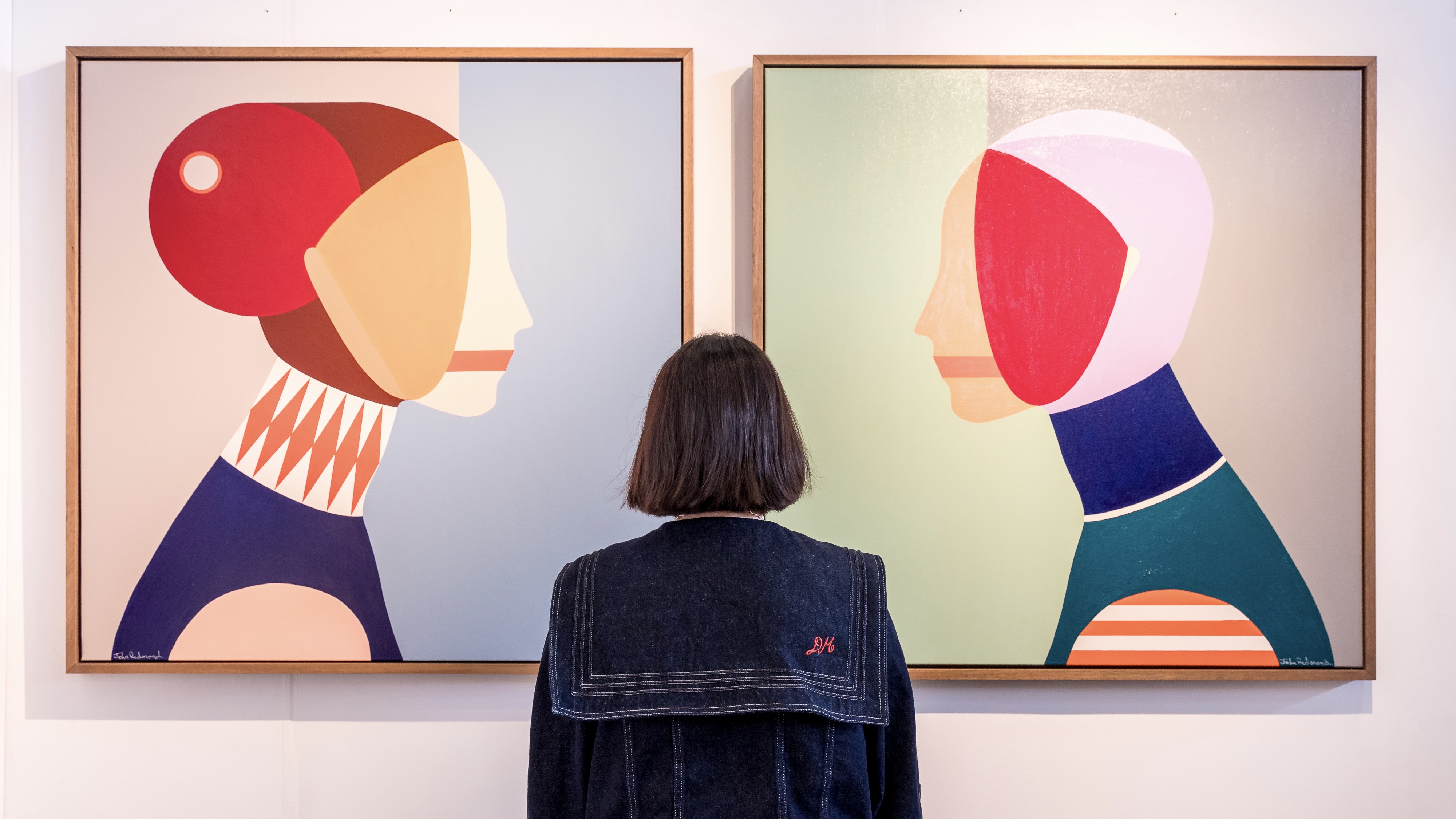 The alternative art fairs championing emerging artists
The alternative art fairs championing emerging artistsThe lower barrier to entry to these smaller and specialist art fairs make them hubs of grassroots creativity, allowing emerging names to establish a foothold in the industry
-
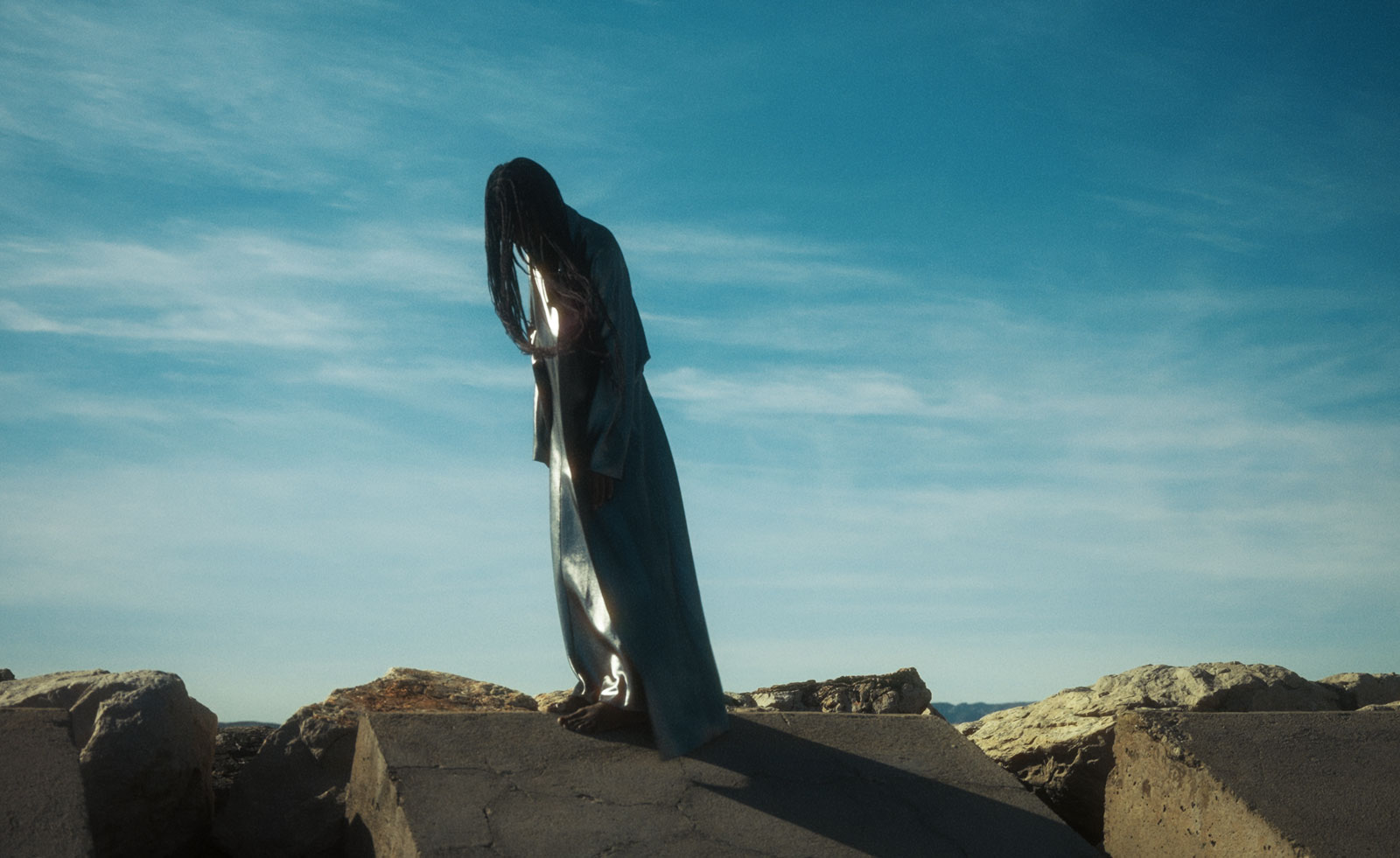 ‘Artists are being asked to be vulnerable’: inside the Sharjah Biennial 2025
‘Artists are being asked to be vulnerable’: inside the Sharjah Biennial 2025In the UAE, the 16th Sharjah Biennial, titled ‘To Carry’, seeks to give voices to an international range of artists
-
 How the Sharjah Biennial 15 is subverting art world legacies
How the Sharjah Biennial 15 is subverting art world legaciesBuilt on the vision of late curator Okwui Enwezor, the Sharjah Biennial 15: ‘Thinking Historically in the Present’ offers a critical reframing of postcolonial narratives through major new commissions
-
 EXPO Chicago 2023 is an indoor-outdoor art extravaganza, from witches to unicorns
EXPO Chicago 2023 is an indoor-outdoor art extravaganza, from witches to unicornsAs the landmark 10th edition of EXPO Chicago kicks off, Jessica Klingelfuss explores the fair and this citywide art spectacle, from Derrick Adams’ unicorns to a witch-themed group show
-
 London Original Print Fair 2023: 10 prints on our radar, from Brian Eno to Tracey Emin
London Original Print Fair 2023: 10 prints on our radar, from Brian Eno to Tracey EminAs London Original Print Fair 2023 kicks off (until 2 April 2023), explore the 10 prints on our wish list this year, from Brian Eno to Tracey Emin; Mona Hatoum to Harland Miller
-
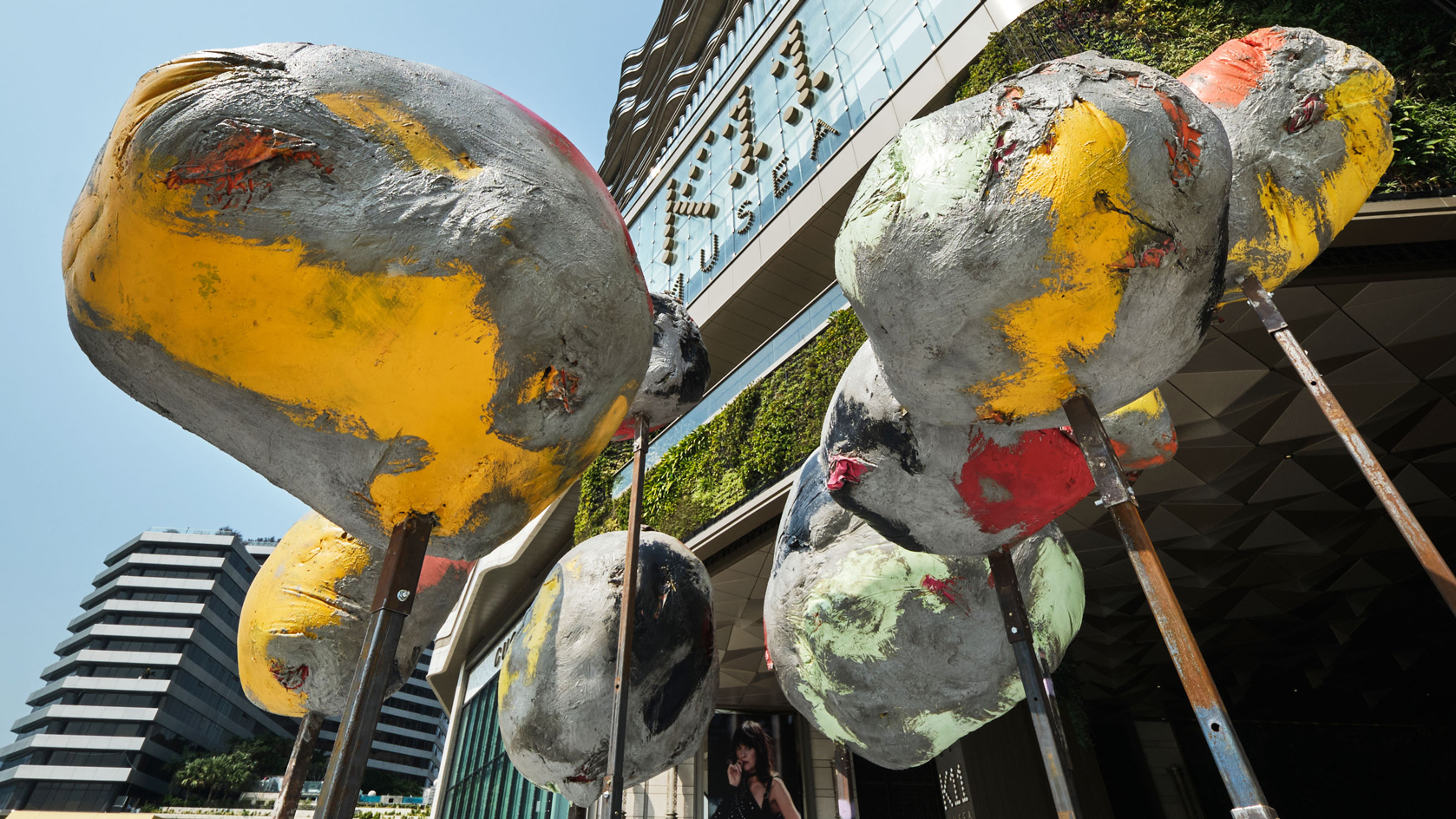 Art Basel Hong Kong 2023: can the city’s art scene bounce back?
Art Basel Hong Kong 2023: can the city’s art scene bounce back?Art Basel Hong Kong 2023 is about to kick off following years of restrictions. Catherine Shaw explores what we can expect in and around this year’s fair (23-25 March 2023), and whether Hong Kong can bounce back to reclaim the title of ‘Asia’s art hub’
-
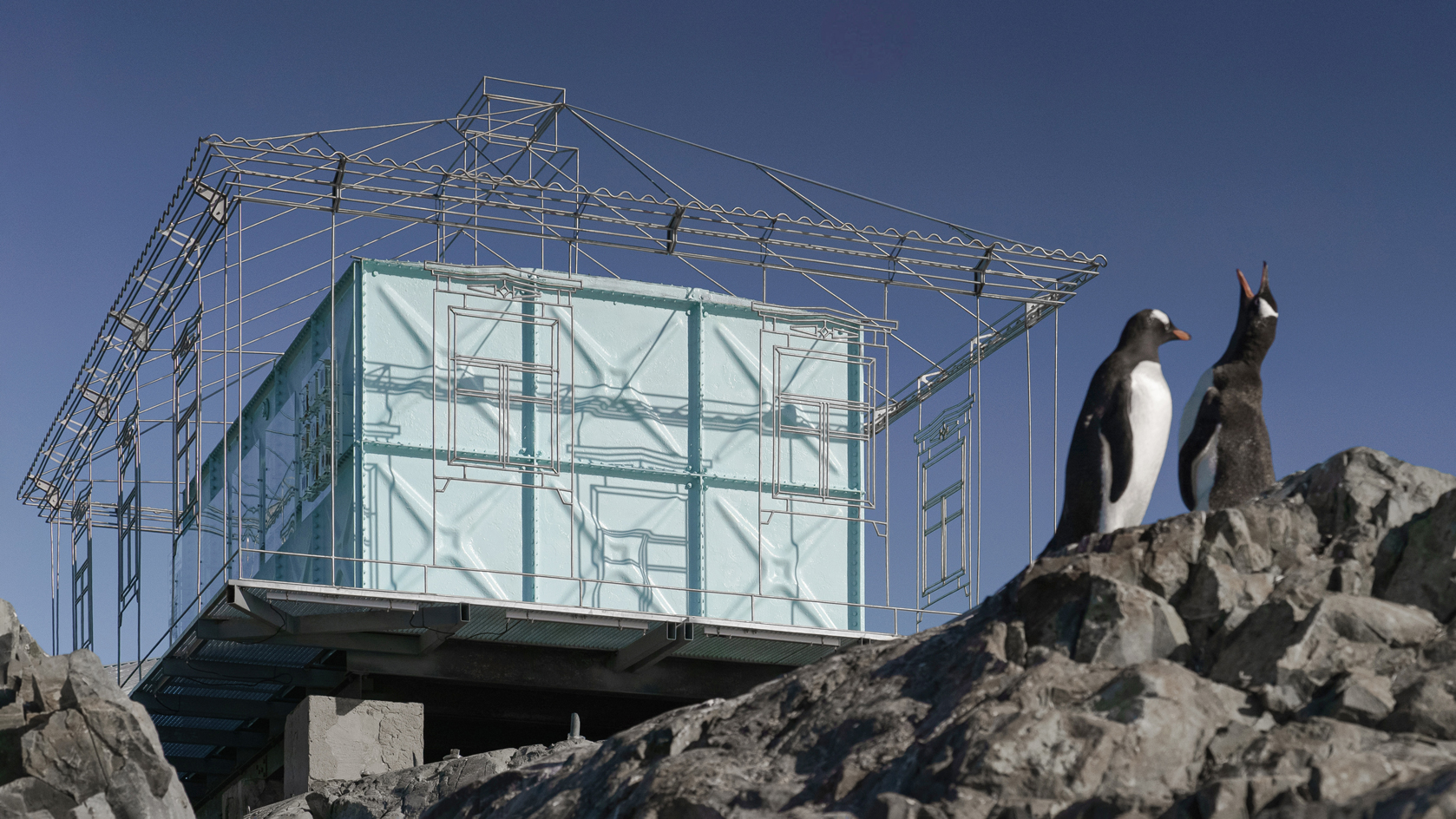 Remote Antarctica research base now houses a striking new art installation
Remote Antarctica research base now houses a striking new art installationIn Antarctica, Kyiv-based architecture studio Balbek Bureau has unveiled ‘Home. Memories’, a poignant art installation at the remote, penguin-inhabited Vernadsky Research Base
-
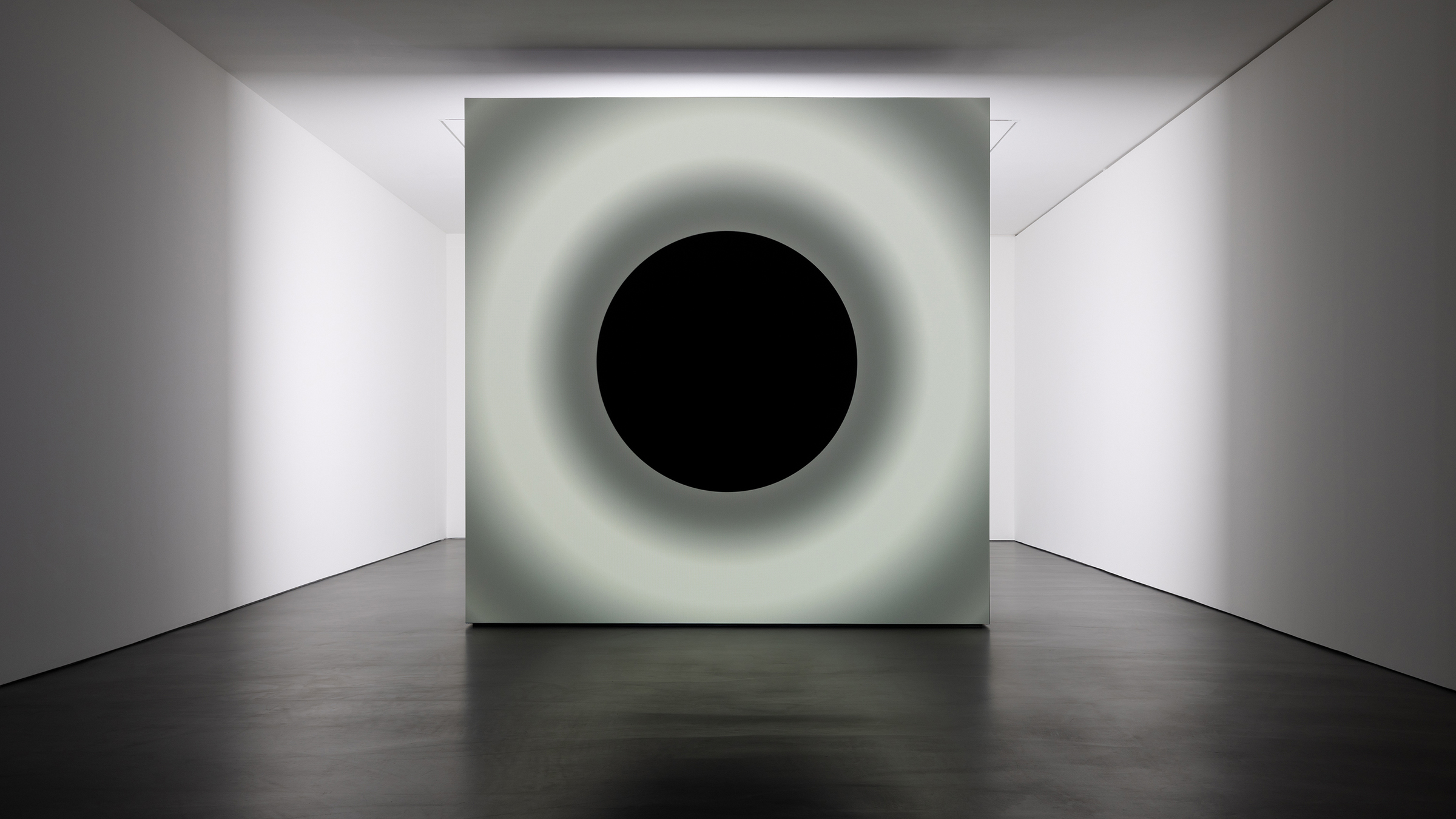 Ryoji Ikeda and Grönlund-Nisunen saturate Berlin gallery in sound, vision and visceral sensation
Ryoji Ikeda and Grönlund-Nisunen saturate Berlin gallery in sound, vision and visceral sensationAt Esther Schipper gallery Berlin, artists Ryoji Ikeda and Grönlund-Nisunen draw on the elemental forces of sound and light in a meditative and disorienting joint exhibition